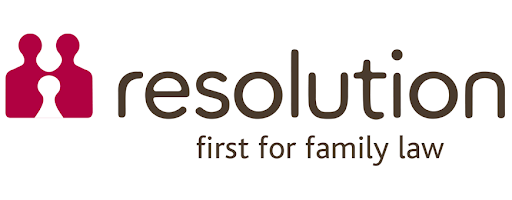In the wake of the UK Supreme Court’s decision For Women Scotland Ltd v The Scottish Ministers and the Equality and Human Rights Commission’s (EHRC) interim guidance, employers and HR professionals must now navigate a more complex landscape when it comes to supporting trans employees and maintaining lawful workplace practices.
While the legal definition of “sex” has been clarified to mean biological sex for Equality Act purposes, it’s equally important to understand that trans employees remain protected under the characteristic of “gender reassignment”.
This blog explains what this means for your organisation—and how to balance legal compliance with inclusion and good employment practice.
The Legal Landscape: A Quick Overview
What did the For Women Scotland case decide?
The UK Supreme Court ruled that sex, for the purposes of the Equality Act 2010, refers to biological sex—not gender identity. This has significant implications where laws or policies rely on sex-based distinctions, such as single-sex services or roles.
What does the EHRC interim guidance say?
Following the decision, the EHRC issued interim guidance advising public bodies and service providers (including employers, in applicable contexts) to:
- Interpret the characteristic of “sex” as referring to biological sex.
- Continue to uphold protections for trans people under the “gender reassignment” characteristic.
In short: trans employees are still protected from discrimination, but employers must apply sex-based legal distinctions correctly when relevant.
What This Means for Employers and HR Professionals
1. Apply the Correct Legal Definitions
You must now clearly distinguish between:
- Sex – meaning biological sex (male/female).
- Gender Reassignment – a separate protected characteristic that covers people proposing to, undergoing, or who have undergone a process to reassign their gender.
This distinction is crucial in areas such as:
- Gender pay gap reporting
- Occupational requirements (e.g. single-sex roles where lawful)
- Single-sex facilities and services (e.g. toilets, changing rooms, accommodations)
Action: Review all relevant HR and operational policies to ensure the correct application of these terms, especially where “sex” is a determining factor under the law.
2. Support Trans Employees Under Existing Protections
Trans employees continue to have full legal protection against:
- Direct discrimination
- Indirect discrimination
- Harassment
- Victimisation
These protections apply regardless of whether a person has a Gender Recognition Certificate (GRC) or has undergone medical transition.
Action: Ensure your internal policies, including your equality and anti-harassment policies, explicitly protect individuals with the protected characteristic of gender reassignment.
3. Audit Policies Involving Sex-Based Distinctions
Where your policies involve sex-based distinctions, such as in the allocation of facilities, dress codes, or job roles, you must ensure:
- They are based on biological sex, in line with the EHRC’s interpretation.
- There is a legitimate aim behind the policy (e.g. privacy, dignity, safety).
- The policy is a proportionate means of achieving that aim.
Example: If your organisation provides single-sex changing rooms based on biological sex, you should also consider offering gender-neutral alternatives to avoid disadvantaging trans or non-binary employees.
Action: Conduct Equality Impact Assessments (EIAs) and document your decision-making.
4. Maintain Confidentiality and Respect in Practice
Even when applying lawful sex-based distinctions, it remains unlawful and unethical to:
- Disclose a trans employee’s history without consent
- Misgender employees
- Deny reasonable adjustments that could accommodate dignity and inclusion
Action: Train line managers and HR staff on how to handle sensitive information with confidentiality and respect, and ensure employees feel safe discussing their needs.
5. Avoid Blanket “Self-ID” Policies in Certain Contexts
Policies that allow people to access services or facilities solely based on self-declared gender identity may not be lawful if they override the rights of others based on biological sex (e.g., in single-sex services where exemptions apply).
Action: Reassess any “open access” policies and ensure they align with both the Equality Act’s provisions and the EHRC’s latest guidance.
6. Continue Fostering an Inclusive Workplace Culture
The legal position does not prevent you from promoting a respectful and inclusive culture. You can:
- Use inclusive language in communications
- Respect preferred names and pronouns
- Celebrate diversity and LGBTQ+ inclusion events
- Support trans employees through workplace transitions
These actions build trust, reduce risk, and improve retention, all while remaining compliant.
Action: Embed inclusion in your organisational culture, while making sure policies reflect the latest legal guidance.
Key Takeaways for Employers
| Compliance Area | Employer Responsibility |
| Sex vs Gender Reassignment | Apply correct legal definitions in all policies and practices |
| Trans protections | Uphold protections under the Equality Act for those undergoing or proposing to undergo transition |
| Single-sex facilities and roles | Base decisions on biological sex, with clear legitimate aims and reasonable adjustments |
| Confidentiality and dignity | Maintain privacy, respectful communication, and trans-inclusive support |
| Legal defensibility | Conduct and document Equality Impact Assessments and seek legal advice where needed |








